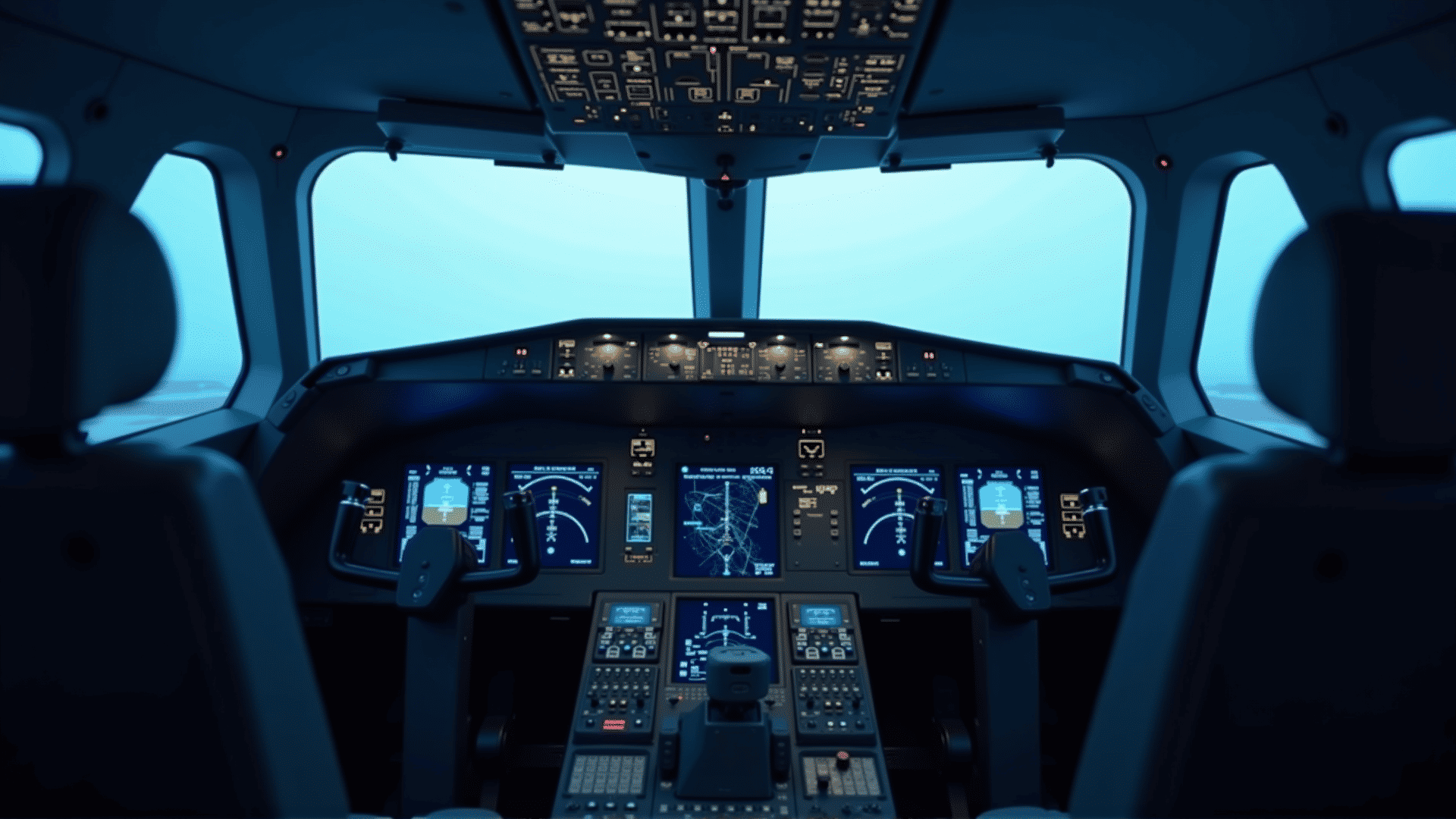In recent years, the realm of air navigation has undergone a transformative evolution, driven by advances in technology and a commitment to ensuring the highest standards of safety and efficiency in air travel. As global air traffic continues to rise, the demand for advanced air navigation services has never been more critical. These services are the backbone of modern aviation, enabling precise and reliable operations in increasingly crowded skies.
Central to these advancements is the implementation of satellite-based navigation systems. Unlike traditional ground-based systems, which rely on line-of-sight communication, satellite navigation provides unprecedented accuracy and global coverage. The Global Positioning System (GPS), along with other global navigation satellite systems like GLONASS, Galileo, and BeiDou, offers real-time positioning information to pilots and air traffic controllers. This level of precision facilitates more direct flight paths, reduces fuel consumption, and minimizes environmental impact.
Another significant leap in air navigation is the development of Performance-Based Navigation (PBN). PBN enhances operational efficiency by utilizing Area Navigation (RNAV) and Required Navigation Performance (RNP) specifications. These technologies allow aircraft to follow predefined flight paths with a high degree of accuracy, even in adverse weather conditions. By optimizing flight routes, PBN not only contributes to safer air travel but also improves the overall capacity of airspace, reducing congestion and delays.
Moreover, the integration of Automatic Dependent Surveillance-Broadcast (ADS-B) systems has revolutionized the way air traffic is monitored and managed. By broadcasting an aircraft's position, velocity, and other vital data to air traffic control and other nearby aircraft, ADS-B enhances situational awareness and reduces the risk of mid-air collisions. This technology is a cornerstone of a modernized air traffic management system, promising a future where skies are safer and more efficient.
In addition to these technological advancements, the role of data analytics and artificial intelligence in air navigation cannot be understated. By analyzing vast datasets from flight operations, weather patterns, and passenger flows, AI-driven systems can predict potential disruptions and suggest optimal routes in real-time. This proactive approach enables airlines and air traffic controllers to adapt to changing conditions promptly, ensuring smoother and safer journeys.
Furthermore, the commitment to precision and safety extends beyond technology to the continuous training and development of air navigation personnel. Air traffic controllers and pilots undergo rigorous training programs that incorporate simulations and real-life scenarios. These programs are designed to enhance decision-making skills and ensure a deep understanding of the technologies supporting modern air navigation.
In conclusion, the advancements in air navigation services are setting new benchmarks for the aviation industry. By embracing cutting-edge technologies such as satellite navigation, performance-based navigation, ADS-B, and data analytics, the sector is not only addressing current challenges but also paving the way for the future of air travel. As these systems become more sophisticated, passengers can look forward to even safer, more efficient, and eco-friendly flights, making the world more connected than ever before.
